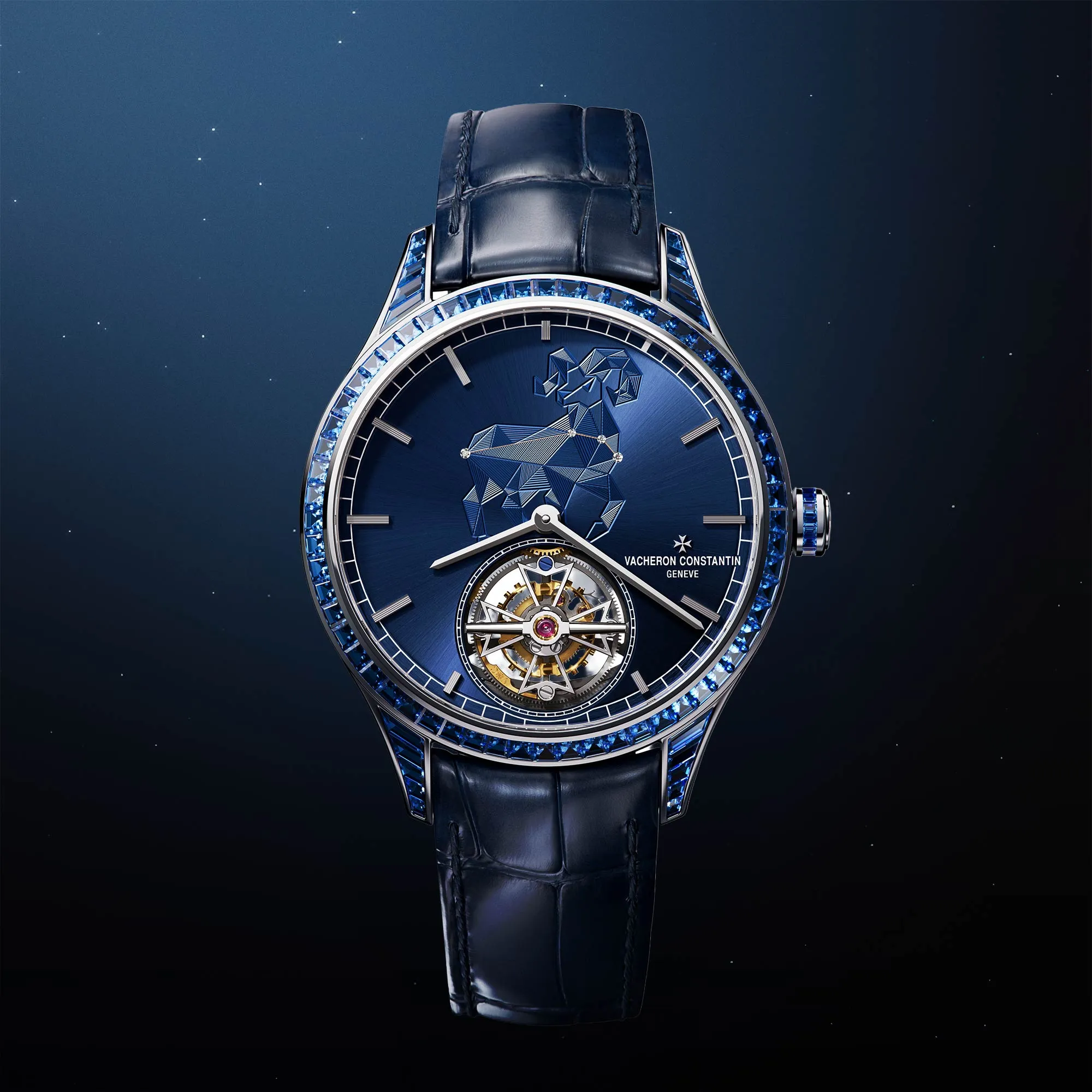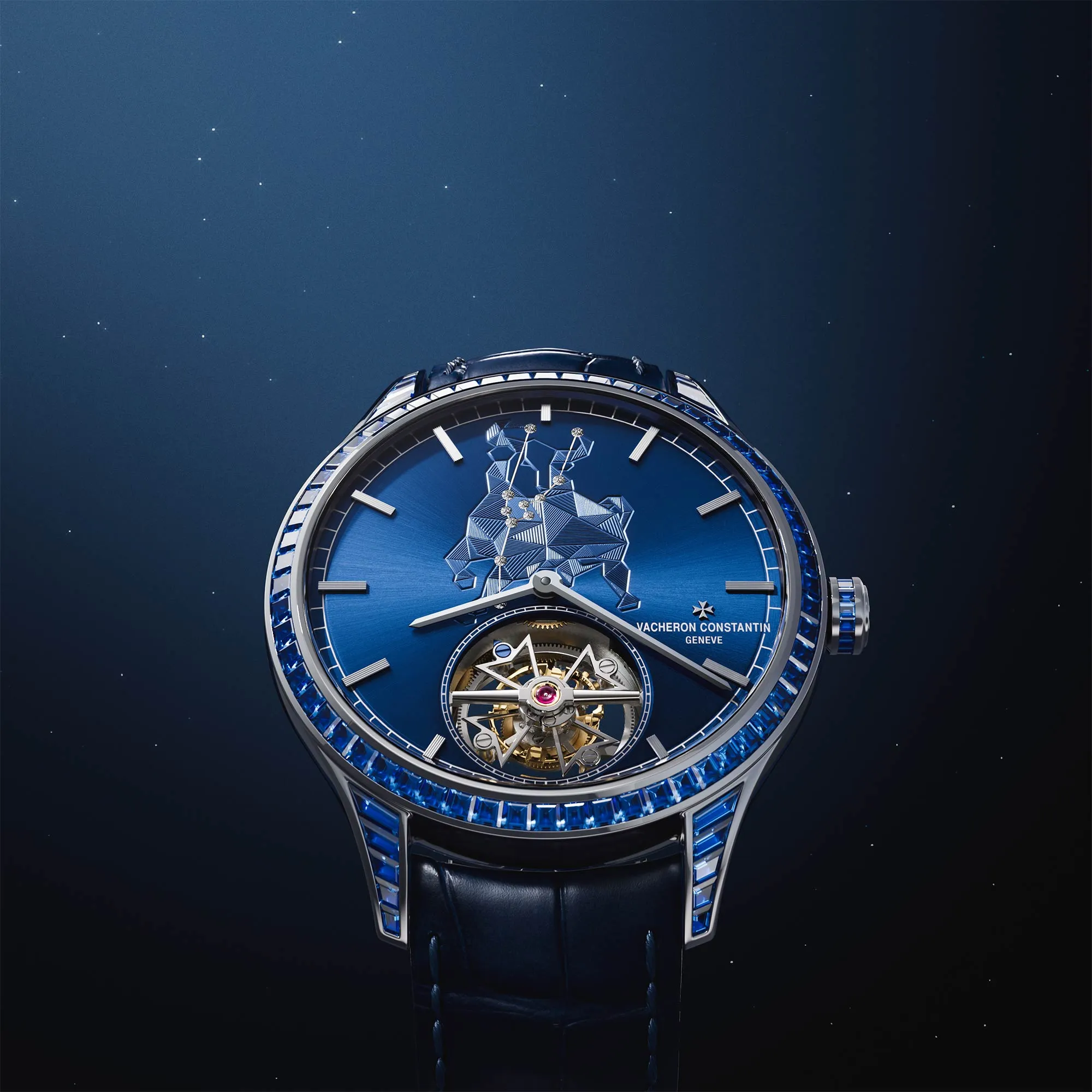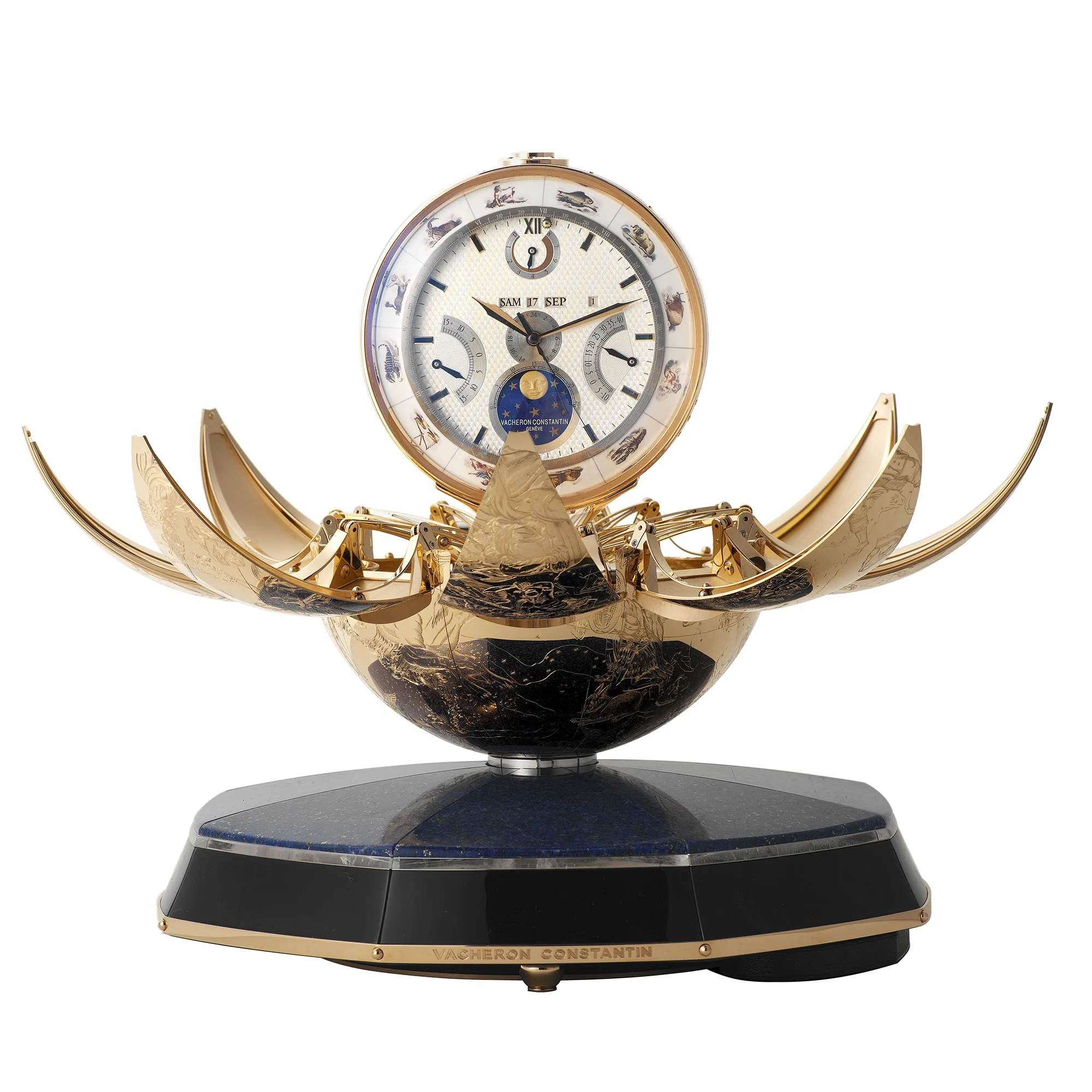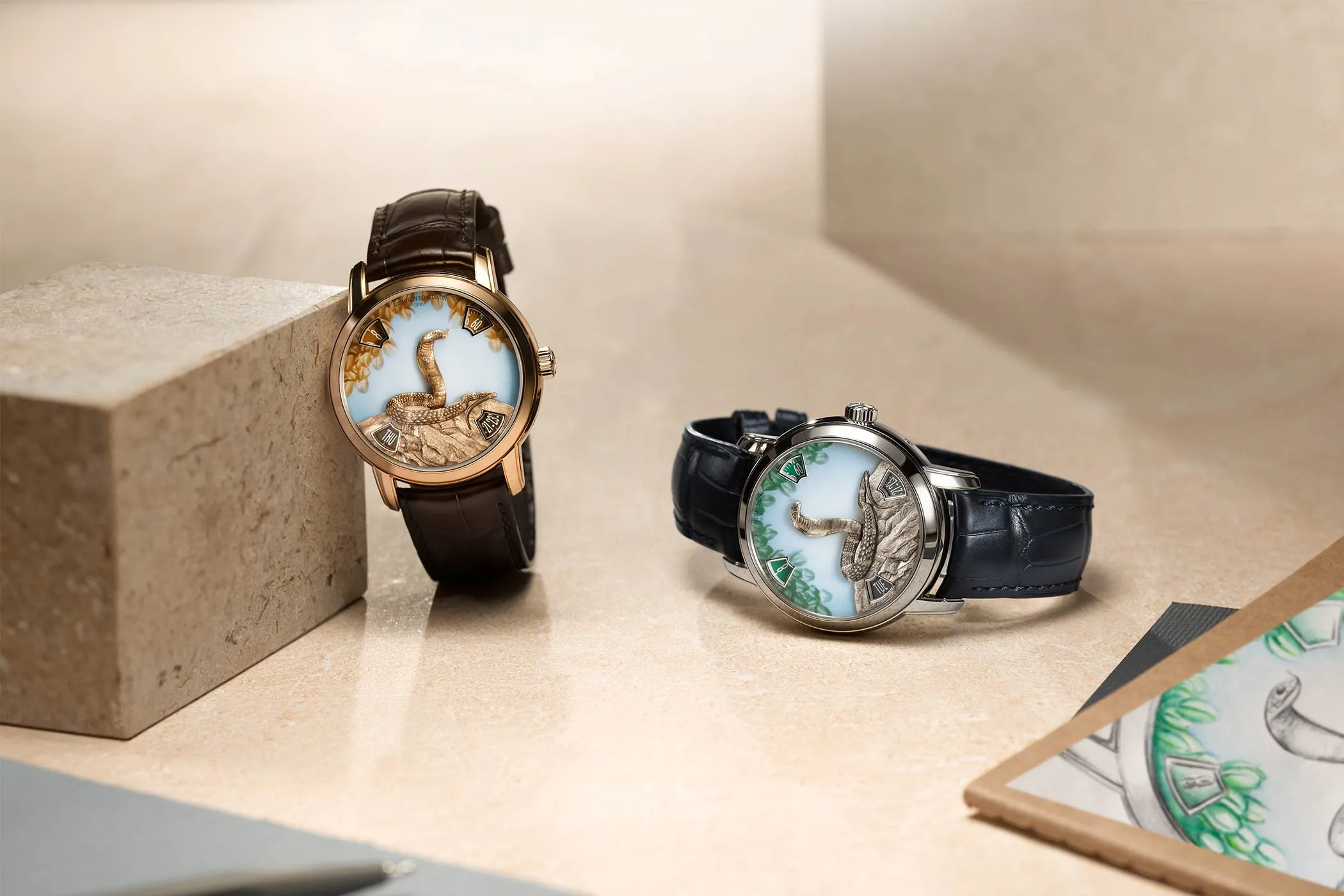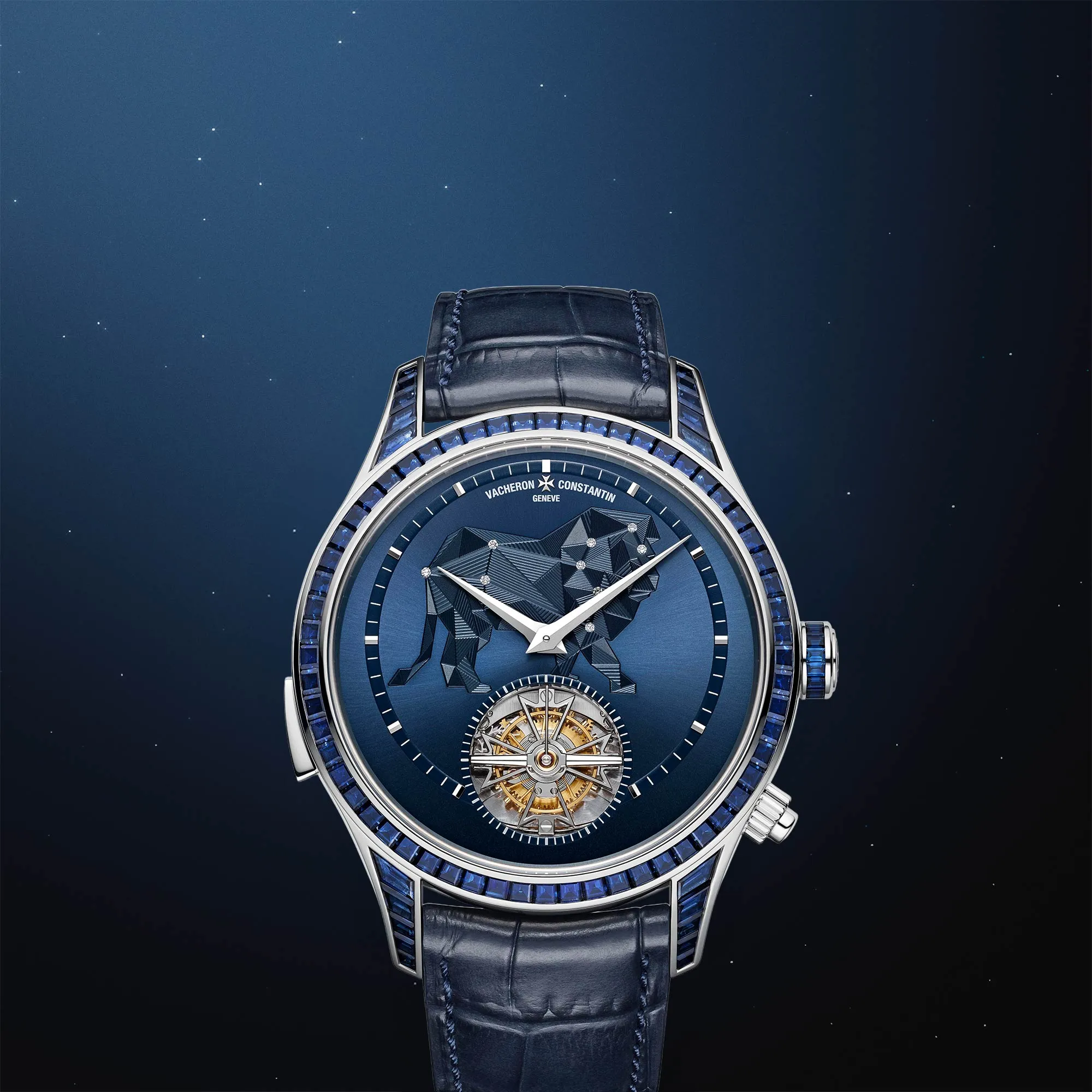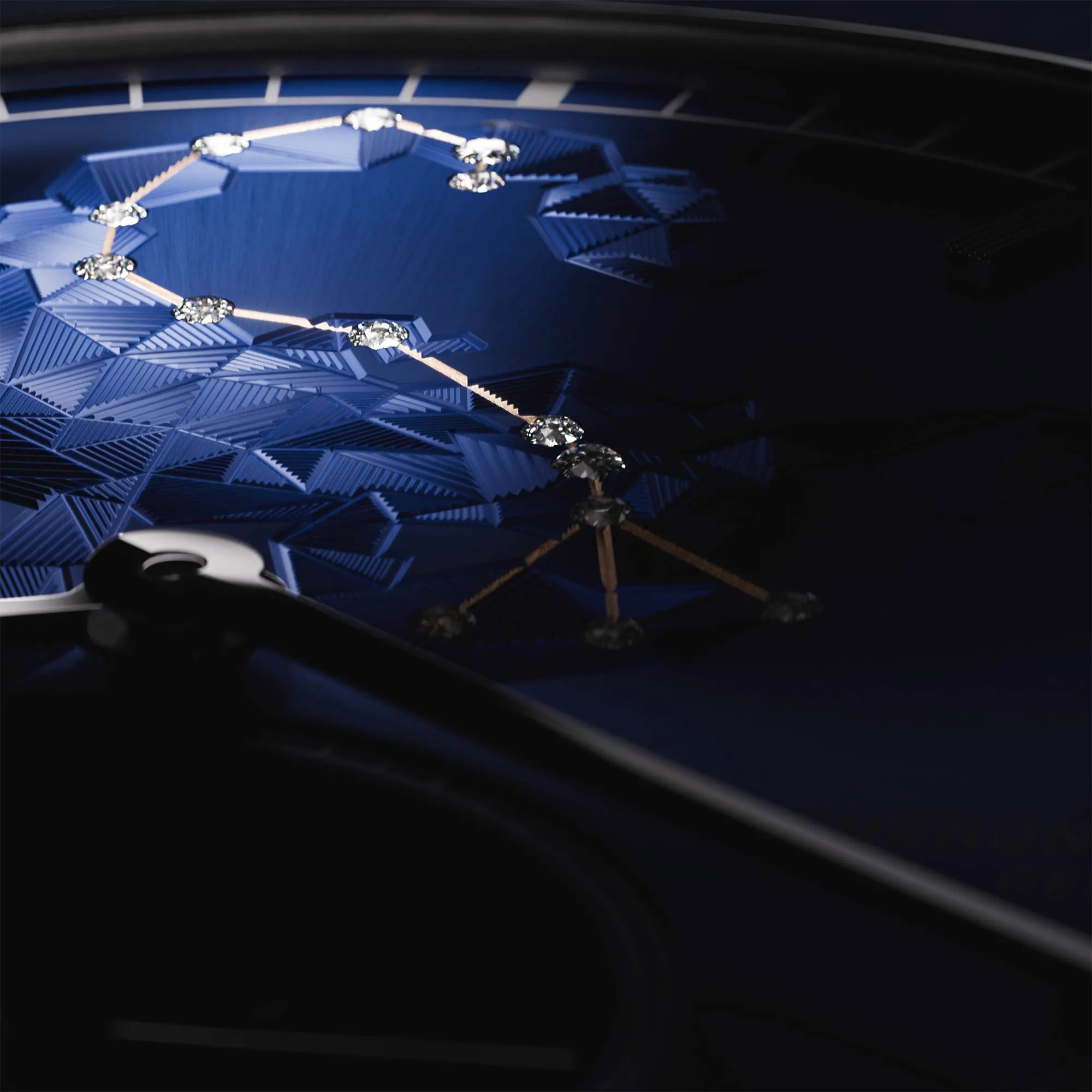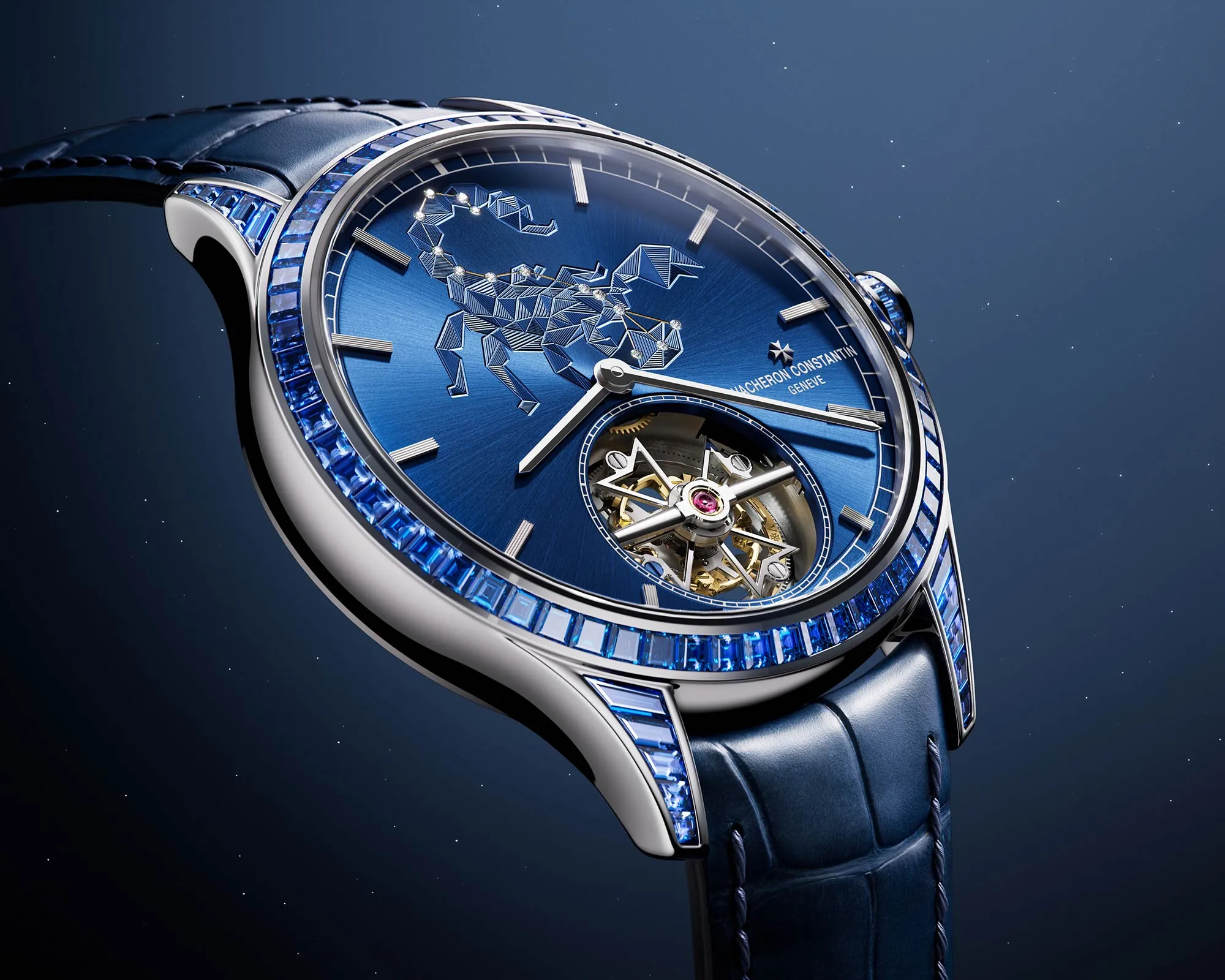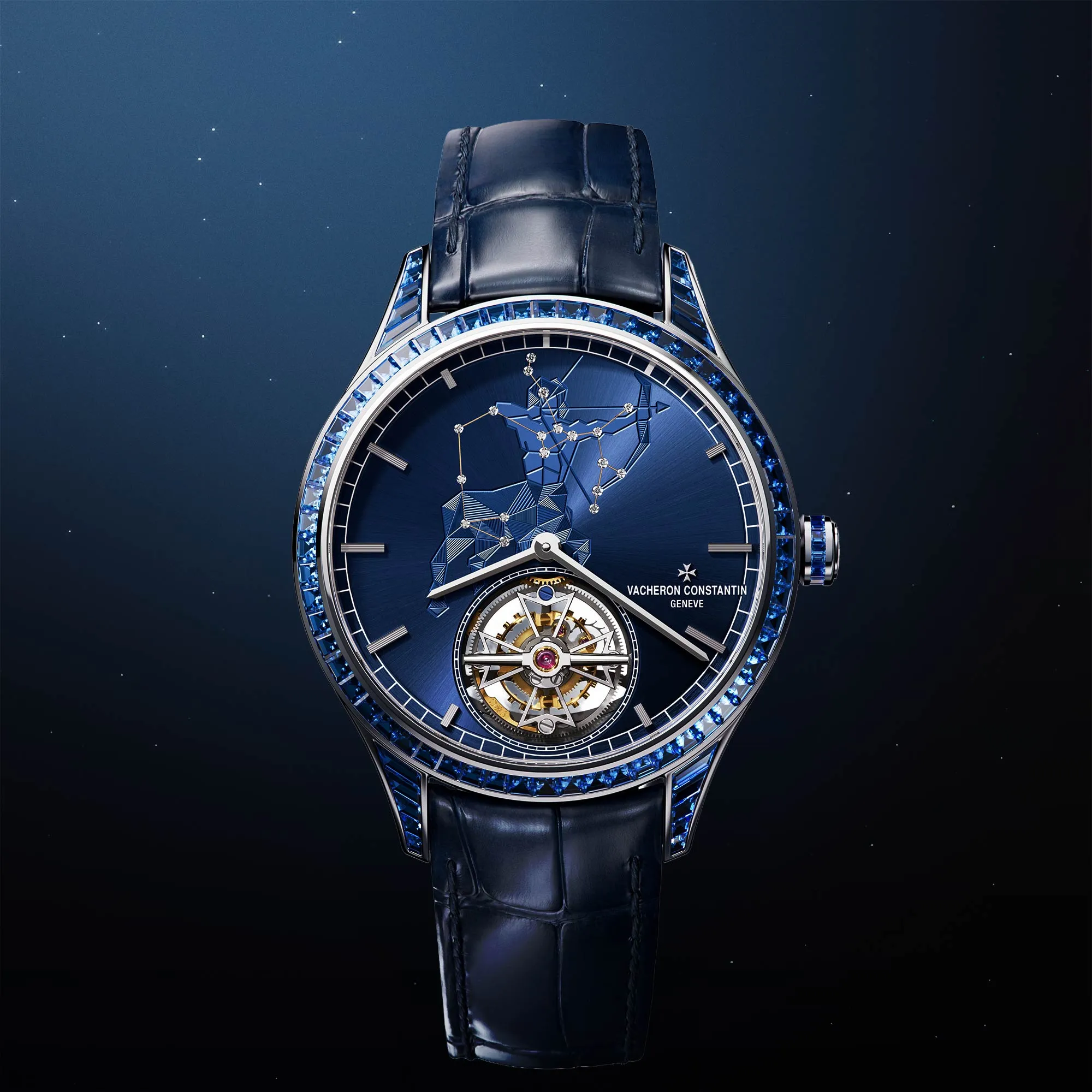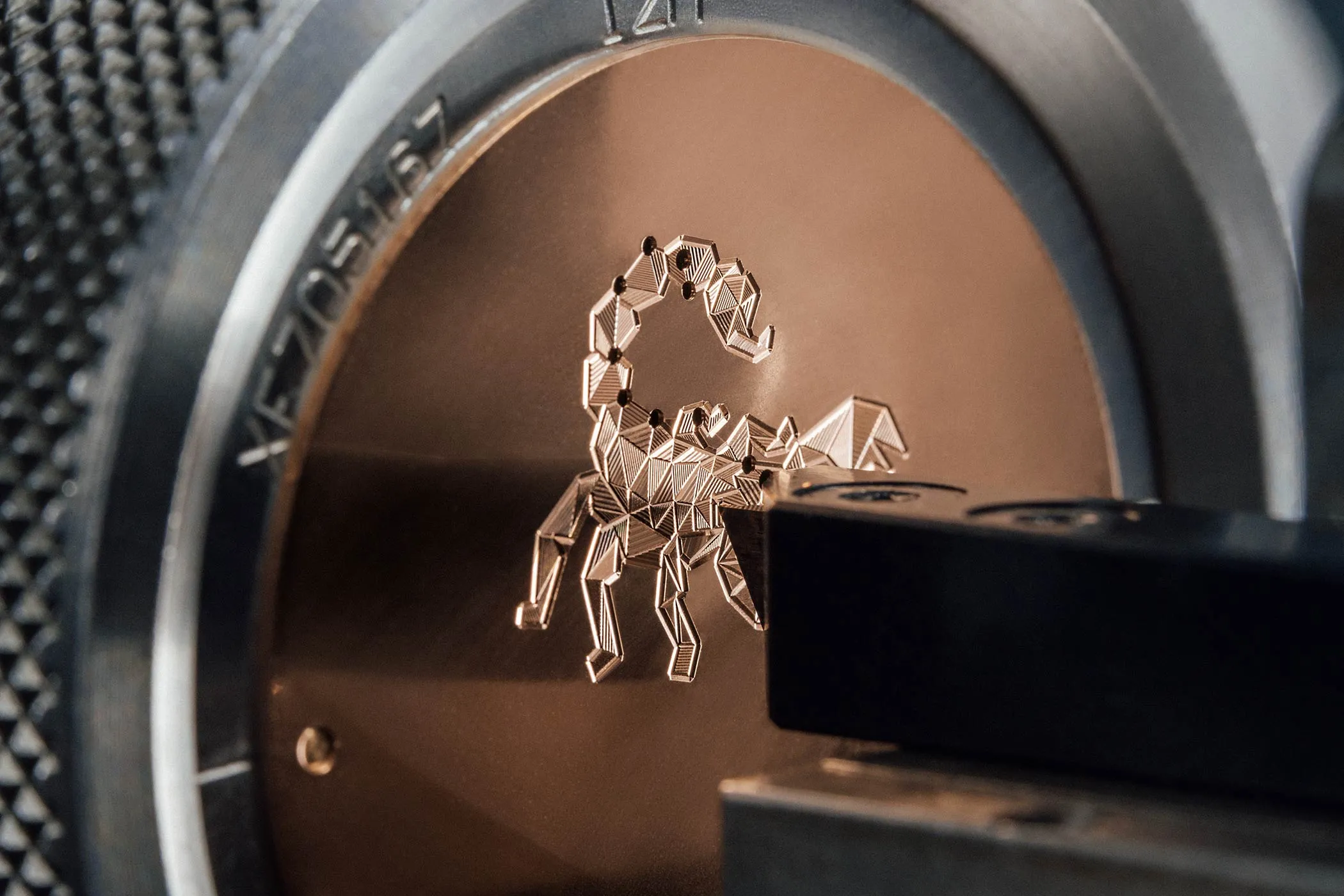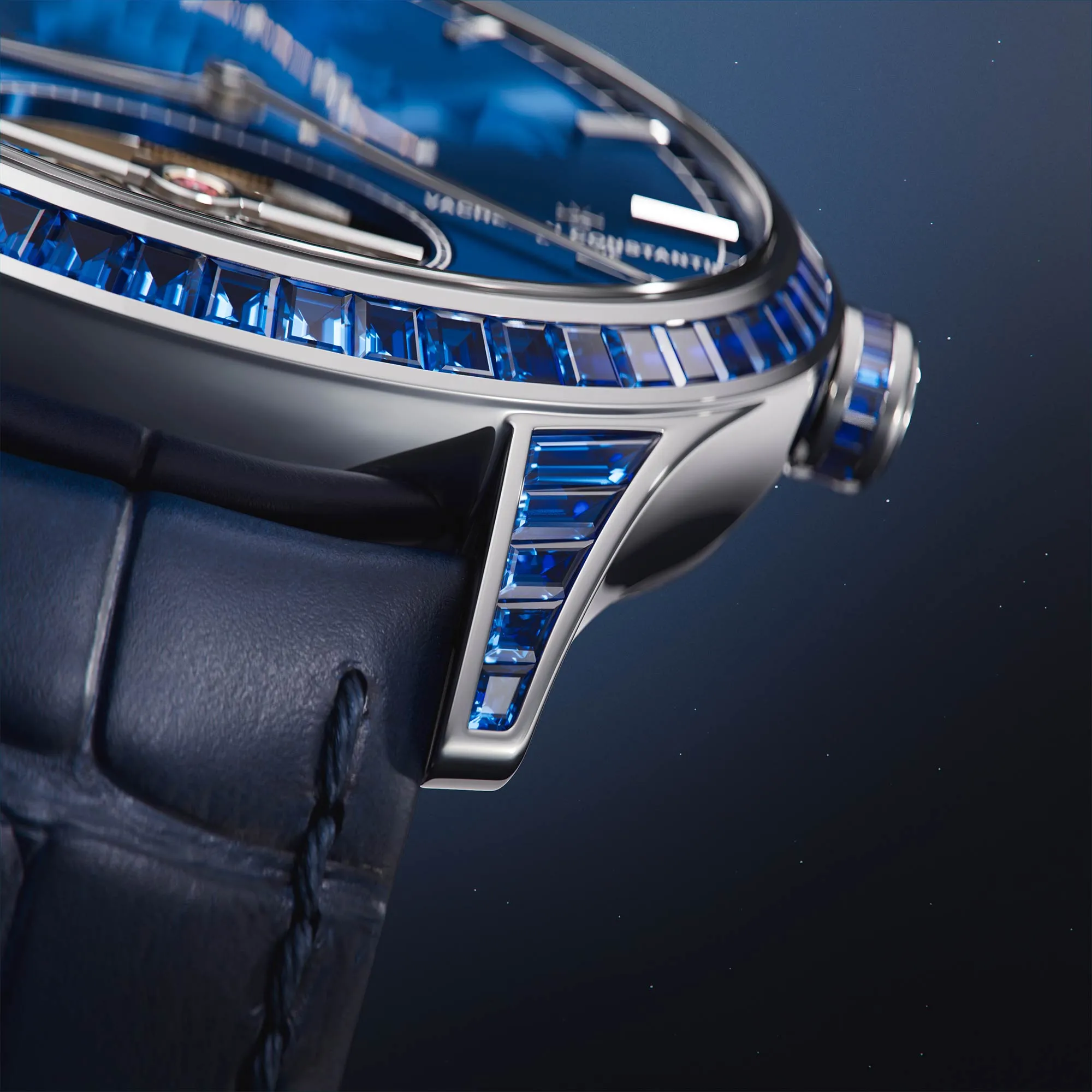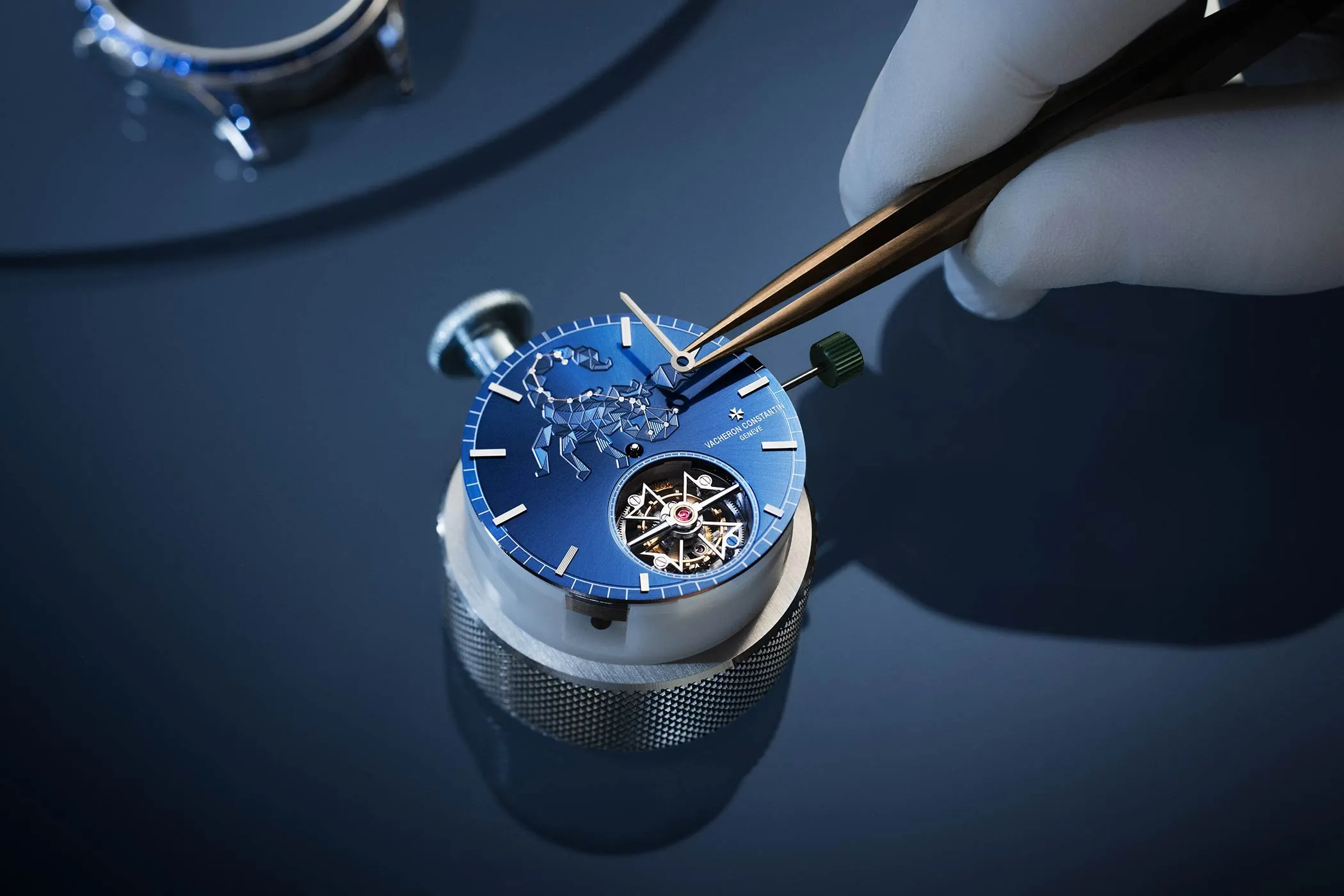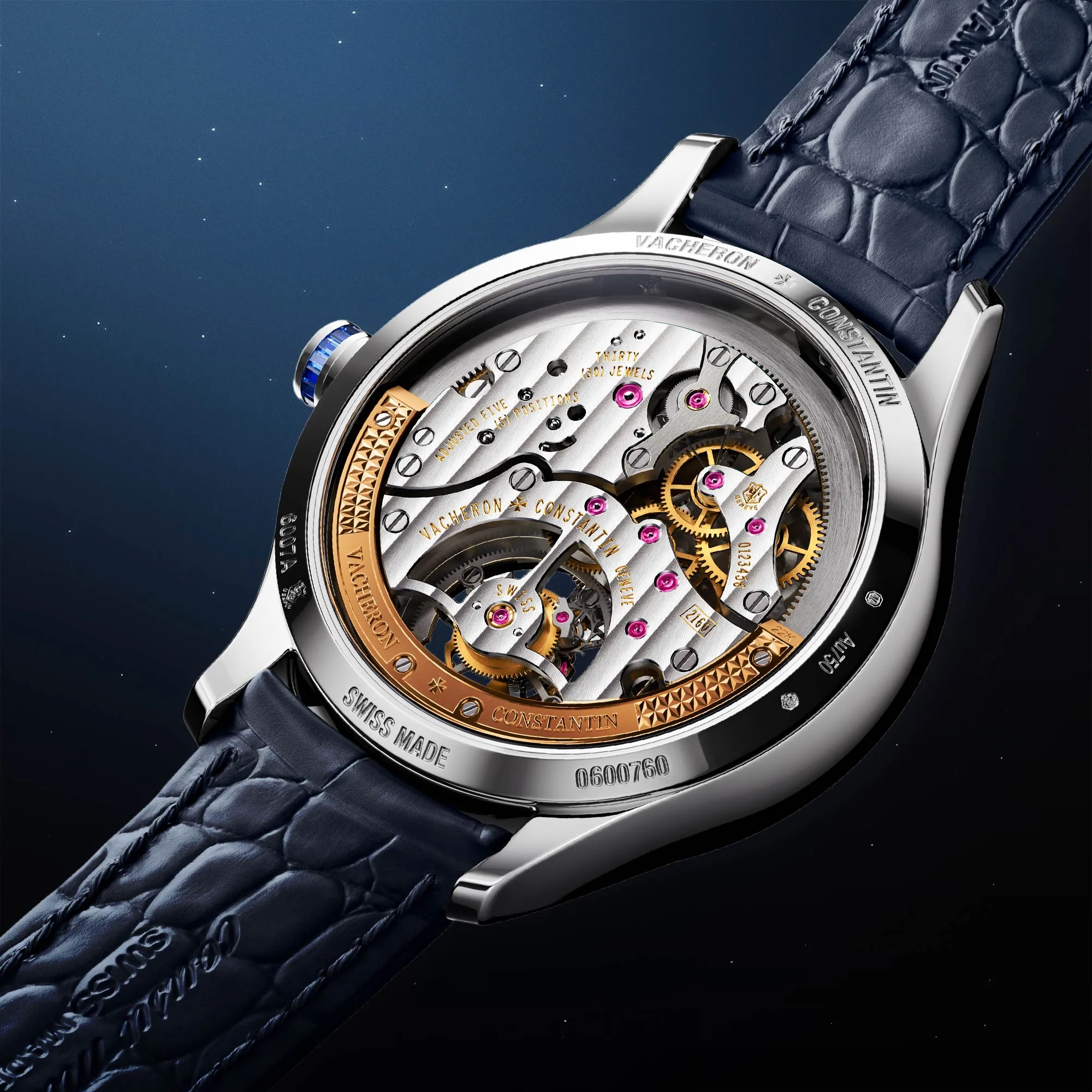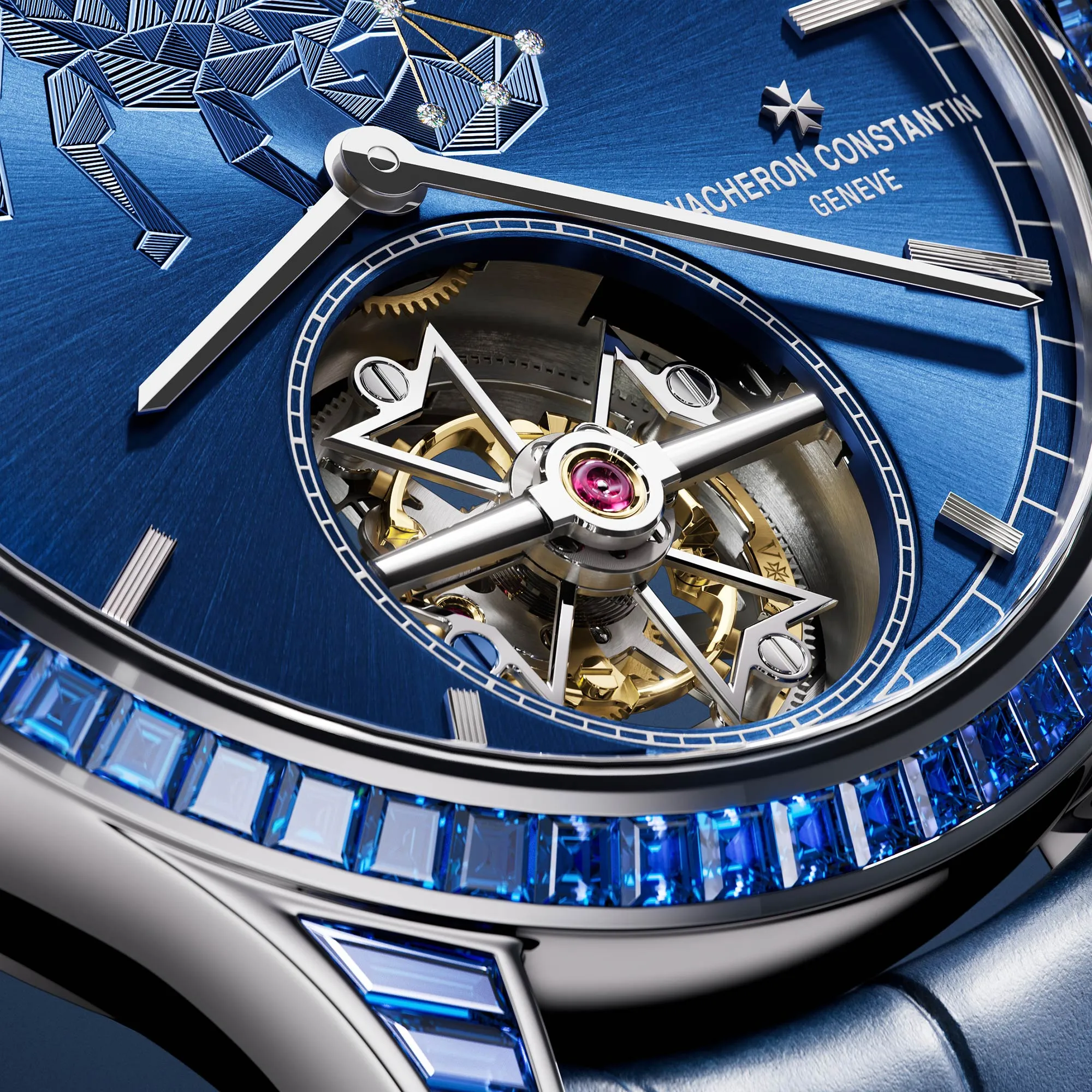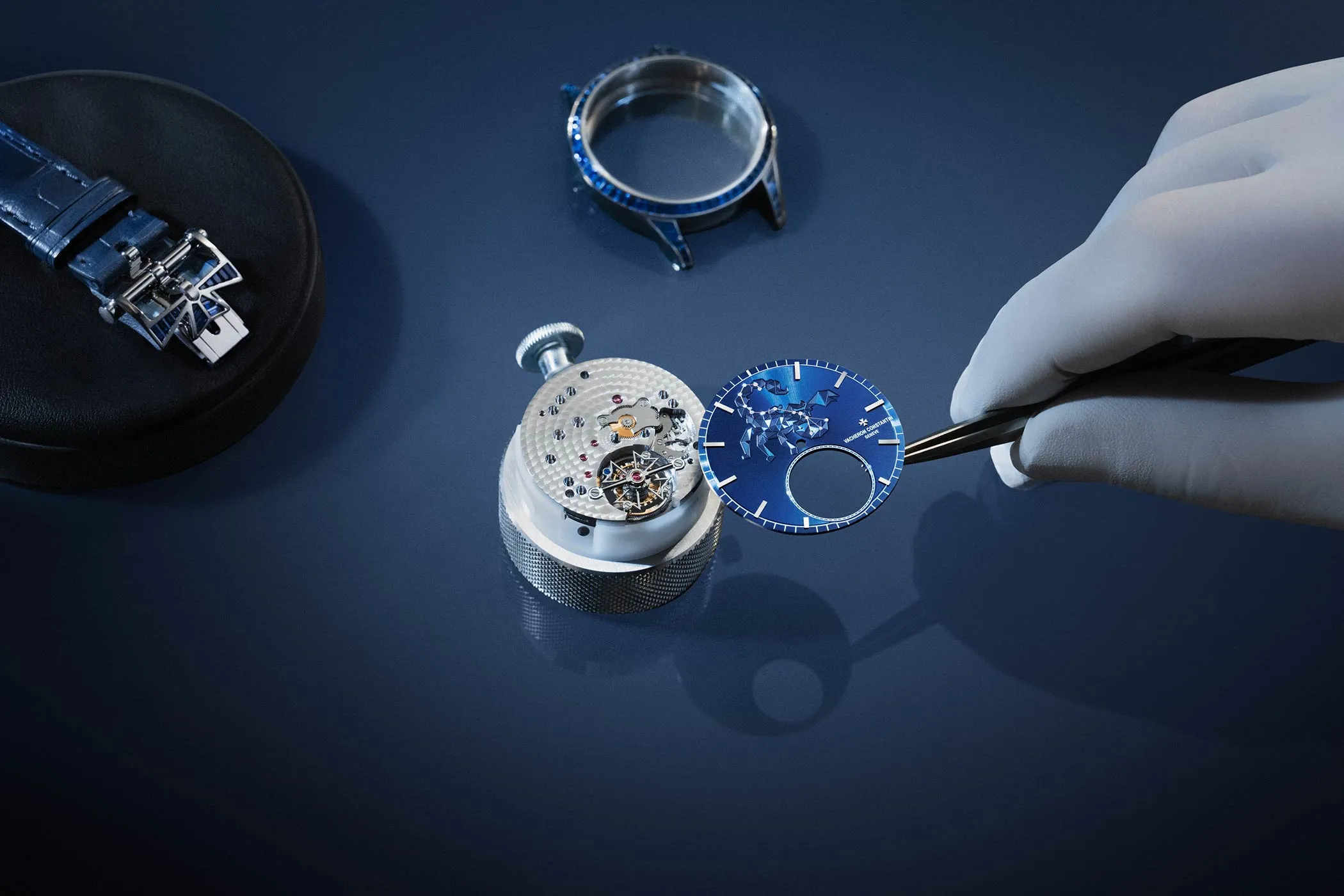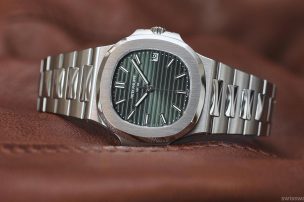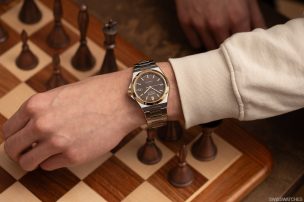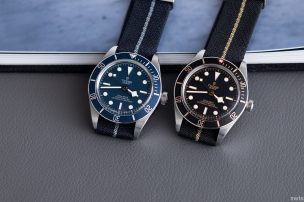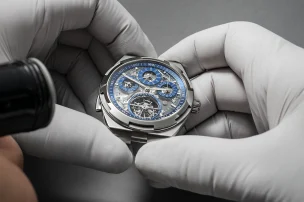
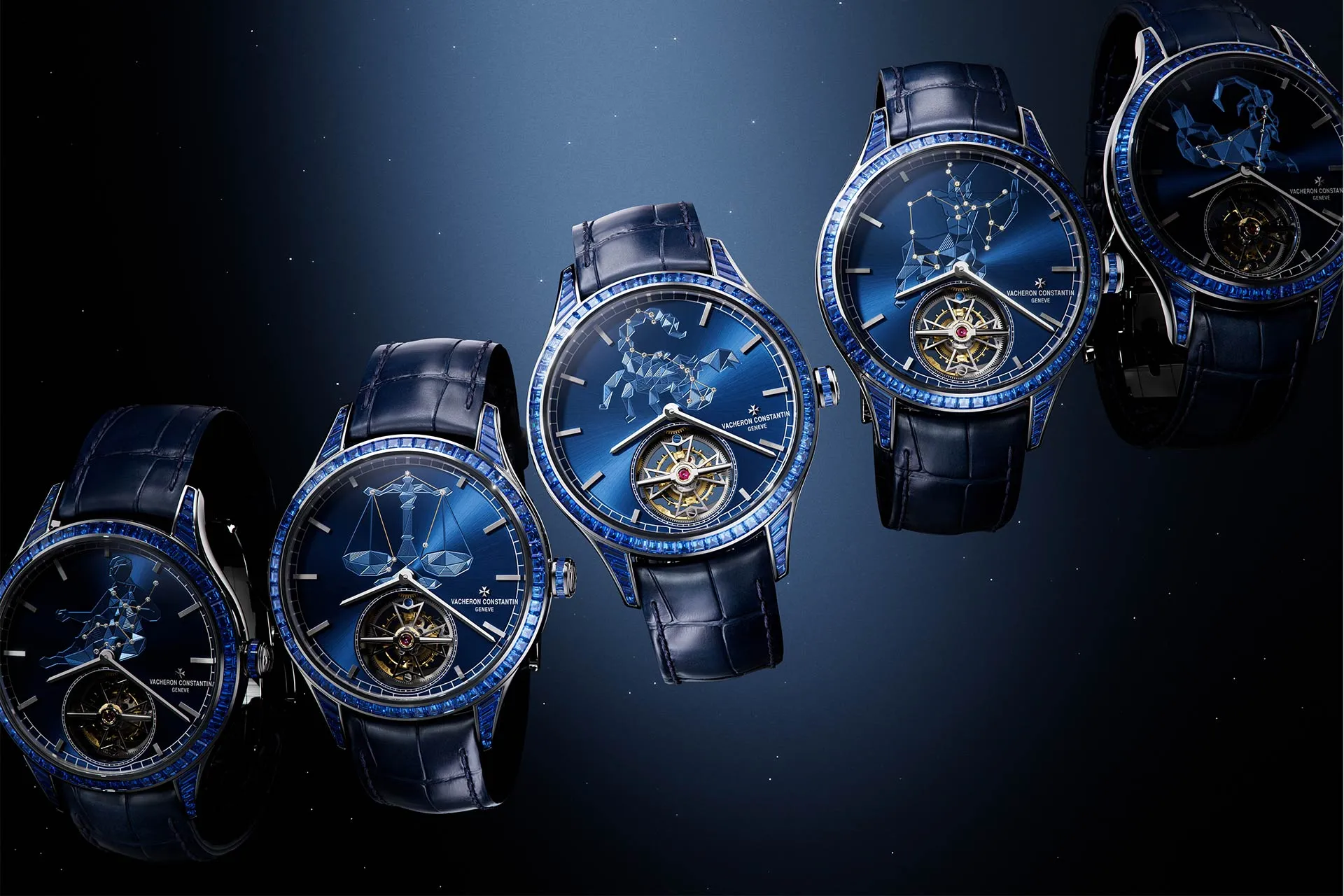
Vacheron Constantin Reaches For The Stars
In its 270th year of existence, the manufacturer pays homage to the heavens and presents the twelve-piece Métiers d’Art Tribute to The Celestial series with astrological references.
You don’t believe in the significance of zodiac signs? To be honest, neither do I. At least not most of the time. Well, maybe sometimes. When astrologers only attribute good qualities to my sign. I’m an Aries. Opinions about its characteristics are known to vary widely. Incidentally, the most common zodiac sign worldwide is Virgo. Be that as it may, even those who don’t believe in astrology will not be able to escape the fascination of the Tribute to The Celestial. Because here you will find everything that Vacheron Constantin stands for.
The series comprises twelve watches, one for each sign of the zodiac. This is evident in every single model. However, the respective design is incorporated into the dial in the manufacturer’s typical artisanal manner, almost subtly, so that Aries, Scorpio, Leo & Co. do not completely dominate the design: a far cry from the kitschy zodiac pendants that were sold in vast quantities in my childhood as supposedly decorative items. Instead, the beauty and mystery of the night sky are captured.
The fascination of the starry canopy
Whether the stargazers of antiquity already suspected that looking at the stars was a glimpse into the past is not known. What is known, however, is that around 5,000 years ago in Mesopotamia, they recognised various constellations, interpreted them and named them after animals, mythological figures and objects. But it was the Greek and Roman civilisations that gave them names, many of which we still use today. Chinese, Indian and Native American cultures also looked up at the night sky, interpreted it and created their own constellation systems.
Vacheron Constantin also loves the stars: “Given the technical and mathematical nature of timekeeping, Vacheron Constantin is naturally drawn to astronomy. But we also appreciate the poetic nature of astrology, with its sense of mystery and romance. Until the time of Galileo, astrology and astronomy were considered a single science: the observation and analysis of celestial phenomena was the basis of all timekeeping. The Tribute to The Celestial series has allowed us to bring these elements together and find a different way of expressing the beauty of the night sky. In doing so, we attach just as much importance to the high art of watchmaking as we do to the decorative arts,” explains Sandrine Donguy, Product and Innovation Director at Vacheron Constantin.
Vacheron Constantin and the influence of astronomical phenomena
The manufacture has been captivated by this for almost 100 years. Fortunately so, because the result is a series of fascinating timepieces that regularly appear, drawing on both Western and other regions’ interpretations of the heavens, which demonstrates the cultural openness of the manufacture.
One of the earliest examples is an Art Deco table clock with the signs of the zodiac in gold, onyx, rock crystal and lapis lazuli from 1927. Also worth mentioning is a piece created to mark the 250th anniversary of Vacheron Constantin, the Esprit des Cabinotiers. This unique piece is a so-called “secret watch”, a three-dimensional sculpture that showcases all the arts of watchmaking. The impressive watch in the shape of a globe made of eight rose gold segments is hand-engraved with the constellations of 17 September 1755, based on the sky map by Robert de Vaugondy (1723–1786), Louis XV’s geographer.
When a mechanism known only to the owner is activated, an astonishing spectacle begins: the 22-centimetre golden globe opens as if by magic and a decorated pendulum rises up. Equipped with numerous complications, it also displays the astronomical calendar with the position of the sun according to the Gregorian calendar and a beautiful representation of the twelve signs of the zodiac. In 2012, Vacheron Constantin also launched The Legend of the Chinese Zodiac series, which is also part of the Métiers d’Art collection and is dedicated to the Chinese zodiac signs.
The Tribute to The Celestial, on the other hand, dates back to a one-off piece from 2021 with the evocative name Les Cabinotiers minute repeater tourbillon sky chart Leo constellation Jewellery, featuring an engraved lion on the front and a rotating sky chart on the back. The inspiration for the Tribute to The Celestial is unmistakable.
Artistic homage to the heavens
This is the free translation of the German name for this new dozen from Vacheron Constantin, in which watchmaking craftsmanship and artistic sophistication enter into a liaison in blue.
The twelve watches in the Métiers d’Art collection pay homage to the decorative techniques used in watchmaking and goldsmithing. They are crafted by the manufacture’s own artisans. The Tribute to The Celestial series focuses on hand guilloché work and gem-setting.
Each of the deep blue dials features an image of one of the signs of the zodiac, created in 16 hours and accompanied by sparkling diamonds weighing approximately 0.9 carats, which represent the corresponding constellation.
Although the triangle is the only main design element, the animal and human figures of the zodiac are extremely multifaceted. The liveliness of the depiction is created by the different angles of the triangles. In the human zodiac signs – Gemini, Virgo, Sagittarius and Aquarius – smooth details in opaline complement the image.
This is the work of Vacheron Constantin’s master guillocheur, who has designed a new figurative motif for each sign of the zodiac especially for these timepieces.
The bezel, symbolising the vault of heaven, is made of sapphires in a so-called invisible setting. This creates the impression of a flowing surface in blue, as the precious baguette-cut stones are placed directly next to each other without visible mounting elements and without gaps. Additional sapphires adorn the crown, lugs and clasp. All in all, 3.87 carats of blue stones sparkle on every single Tribute to The Celestial.
The attention to detail is also evident in the functional elements of the dial. The applied white gold hour markers feature a conical surface pattern, and the hour and minute hands – also in white gold – are faceted, of course.
Earthly quality reliably powers the Tribute to The Celestial
Beneath the celestial dial, the in-house automatic calibre 2160 beats at a leisurely pace of 2.5 hertz in the 39-millimetre white gold case and offers a generous power reserve of 80 hours.
One of the 188 movement components is the rotor, which, thanks to its peripheral design, allows a clear view of the exquisite finishes with Geneva stripes, perlage and hand-angled components. However, it is not only visible through the sapphire crystal case back, but also in parts on the front of the watch. This is because the one-minute tourbillon is prominently positioned at six o’clock, secured by a polished bridge and equipped with a tourbillon cage in the shape of a Maltese cross – the logo of Vacheron Constantin.
Each Tribute to The Celestial is stamped with the Geneva Seal, the legally protected mark of quality and origin for mechanical watches manufactured and regulated in the canton of Geneva.
The 12 models are worn on a dark blue alligator leather strap with an 18-carat white gold folding clasp, are limited to an unspecified number and are only available in Vacheron Constantin boutiques. The price is available on request.
